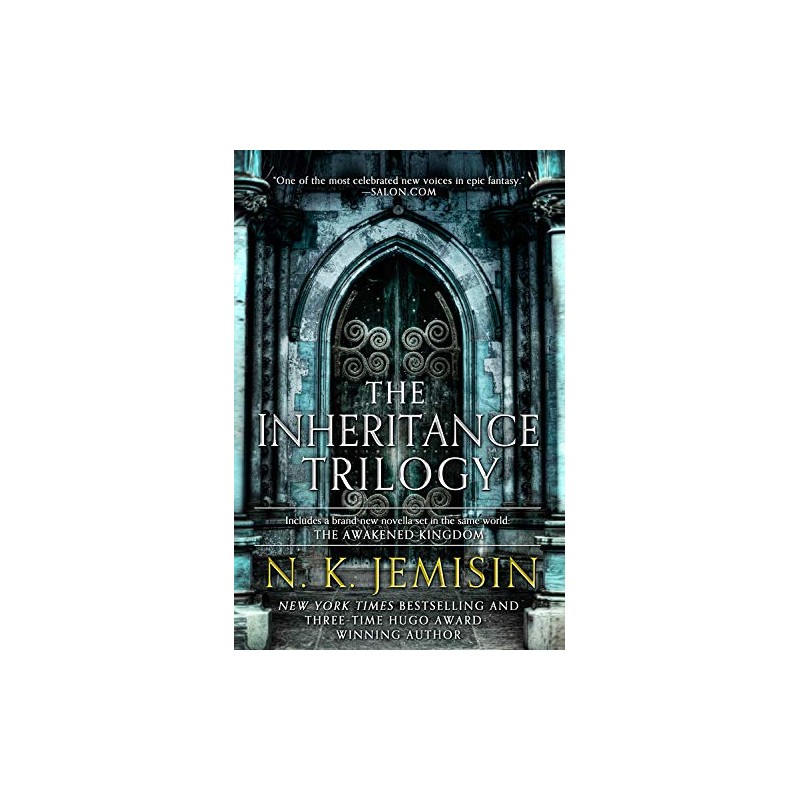


Fast forward to the present time, and what we have is a race of people who control gods as slave, who worship and only accept Itempas as god, and who have spread this bizarre, bastardized monotheism across the globe. Itempas won, eventually, and in his anger, he enslaved all those who opposed him, locking them in a prison of mortality, and giving the control of them to his favored people, the Amn. Itempas murdered Enefas, sides were forged, gods and godlings were drawn into the War, and opting to not take a side planted you firmly on the wrong side. She was a bit of both of them, complimentary to both her brothers, and there was strife, and love, and hatred, and jealousy, and commitment, and all the messy things that families have.īack before the series begins, there was a God’s War. Then came Enefa, goddess of life and death, of growth, of the earth, mother of mortals and godlings. He was everything Nahadoth was not, they fought for a very long time, but they were all there was, and they were drawn to each other, and so they didn’t always battle, and there was love, and so their cycle went, for another forever and ever and ever.

He was lonely, and after forever and ever and ever, there came Itempas, god of order and of justice, of the heavens. In the beginning, or shortly after the beginning, there was Nahadoth, the Nightlord, god of night, of chaos, of change, of darkness, of all the scary things. The first book, The Hundred Thousand Kingdoms, is, almost right away, my favorite kind of book. I think I was nervous that the hype was too much, that it wouldn’t live up to all the wonderful things I’d heard about it. I’d even managed to get my hands on the first book from my local library more than once, only to return it unread. Maybe the last point isn’t all that surprising, given that we’re talking about secondary world fantasy here, but from what I’d heard, it was polytheism done right, even if the gods were not any of ‘our’ gods, and polytheism done right in not as common on the ground in fantasy as you might imagine. No caveat needed, after all.) Three, gods are real, are on stage, are part of the story (that is, it’s very much a pagan friendly trilogy). Two, the main character is a woman, and is also very clearly a woman of color (with the caveat given that her world is not our world, and while there is what can be seen as racial prejudices, it’s more a matter of a superiority complex by one group versus all these other groups – oh, wait. One, the author is a woman of color (traditionally published woman and traditionally published woman of color within the SF/F genres alone is something worthy of noticing). The series was talked about in my social media circles for a few different reasons. Jemisin had been on my radar for months before I finally got around to reading the first book, The Hundred Thousand Kingdoms.


 0 kommentar(er)
0 kommentar(er)
